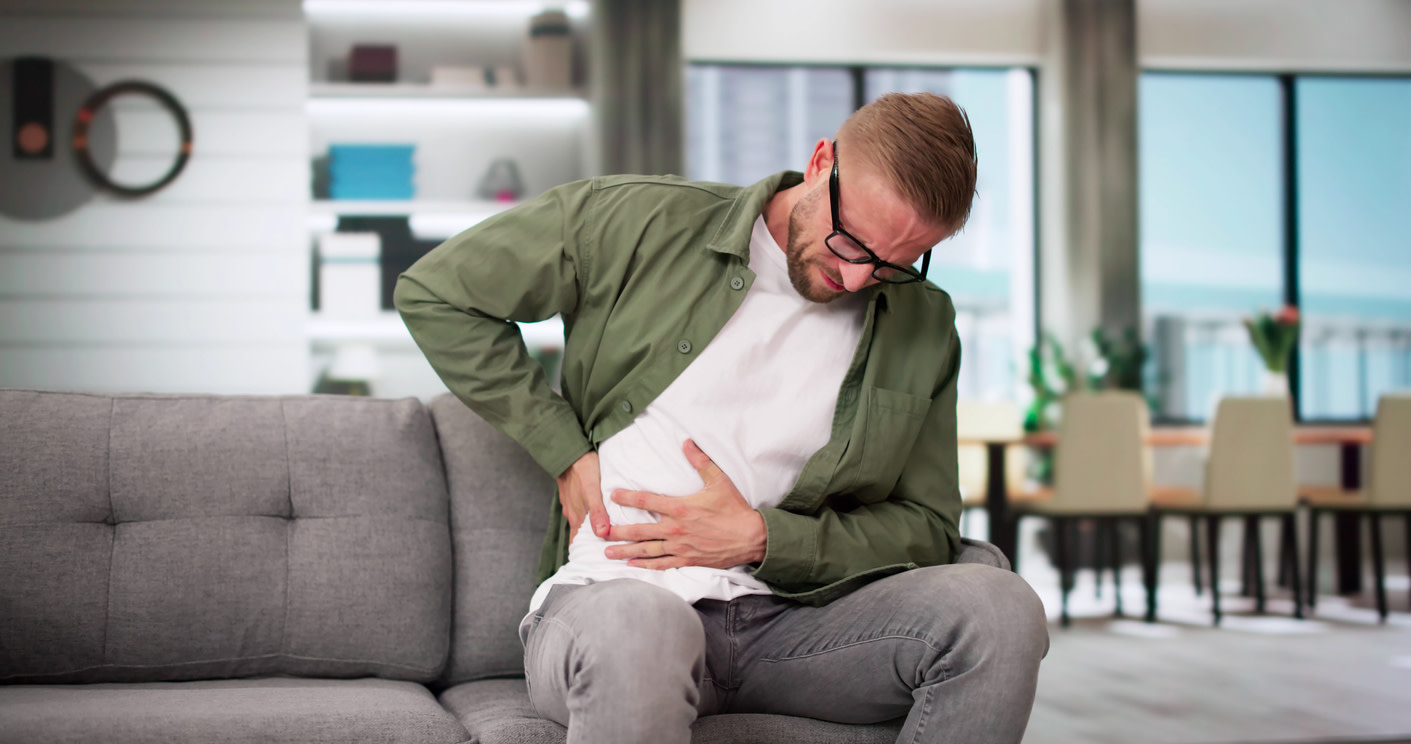How to prevent and treat an oblique strain
Learn how to heal an oblique strain with conservative treatments, including strengthening exercises and stretches recommended by physical therapists.
$0 costo para usted
Fecha de Publicación: May 6, 2025
El índice
Exercises for oblique strain
Want expert care? Check if you're covered for our free program →- Diaphragmatic breathing
- Quadruped lateral flexion
- Child’s pose with side bends
- Seated reverse chops
- Side planks
- Stable oblique twist
